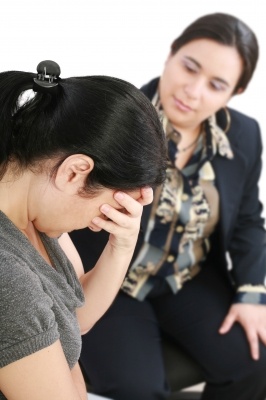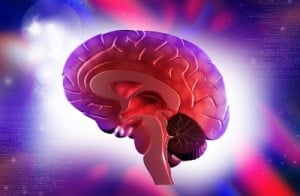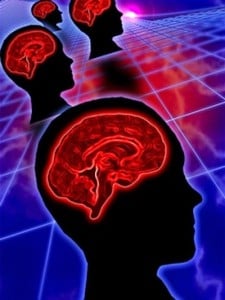 Having anxiety about being in spaces with large groups of people can be a normal experience for some. However, if a person experiences so much fear and anxiety about leaving home that it begins to interfere with their ability to live life normally, treatment may be necessary. Agoraphobia describes a condition where a person fears being in a place where they cannot escape or it may be difficult to do so. This includes both large open spaces or large crowds. Additionally, travel at any capacity may also trigger so much fear and anxiety that the individual remains confined to their home. In fact, the word agoraphobia is a Greek word that means “fear of the marketplace”.
Having anxiety about being in spaces with large groups of people can be a normal experience for some. However, if a person experiences so much fear and anxiety about leaving home that it begins to interfere with their ability to live life normally, treatment may be necessary. Agoraphobia describes a condition where a person fears being in a place where they cannot escape or it may be difficult to do so. This includes both large open spaces or large crowds. Additionally, travel at any capacity may also trigger so much fear and anxiety that the individual remains confined to their home. In fact, the word agoraphobia is a Greek word that means “fear of the marketplace”.
Agoraphobia affects about 1.7 percent of the population. When someone is suffering from agoraphobia, this person’s fear regarding a situation is out of proportion from what it should be, feeling fear and anxiety about occurrences that have not happened and/or are not likely to occur. No real danger is actually present in the situation despite the reaction.
Symptoms of agoraphobia include fears about leaving home, being in public, being in a crowd, standing in lines, using public transportation, being in enclosed spaces, being in open spaces (such as bridges or parking lots), and being in places where it might be difficult to get away. Due to these fears, someone suffering from agoraphobia might feel helpless, become detached from other people, and may become dependent upon others for basic necessities like grocery shopping or running errands. These symptoms can be absolutely debilitating to the point where the person is unable to work. In one out of three cases of agoraphobia, the person is unable to work because they are unable to leave their home. Agoraphobia is even known to cause panic disorder and panic attacks (LINK) for those suffering, whether the attack occurs when in public or simply when anticipating having to leave the house.
 Symptoms of agoraphobia occur differently in children and adolescents than they do in adults. Children with agoraphobia are often most afraid of getting lost. Typical onset occurs in late adolescence or early adulthood. Older adults with agoraphobia often have a fear of falling.
Symptoms of agoraphobia occur differently in children and adolescents than they do in adults. Children with agoraphobia are often most afraid of getting lost. Typical onset occurs in late adolescence or early adulthood. Older adults with agoraphobia often have a fear of falling.
Agoraphobia can be treated by using neurofeedback, a method of retraining the brain to improve its overall function. In agoraphobia, the goal is to reduce the anxiety that triggers the feelings of fear and panic.
Advanced Neurotherapy seeks to treat the whole person by offering neurofeedback, psychotherapy, nutrition counseling and more, all in an effort to help you function at your best and live life to the fullest. If you or your loved one struggles with agoraphobia, schedule a free consultation with our director Dr. Jolene Ross to discuss your specific case and develop a wellness plan specific to your needs.
First image courtesy of Ambro at FreeDigitalPhotos.net
Image courtesy of David Castillo Dominici at FreeDigitalPhotos.net








